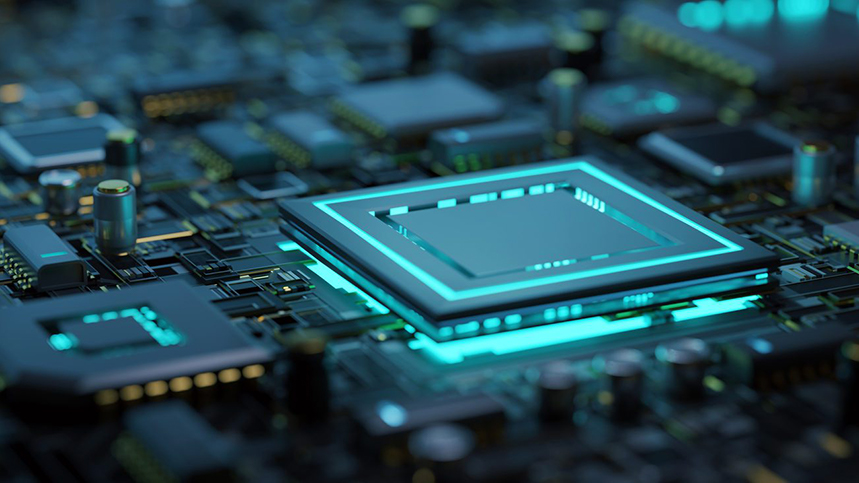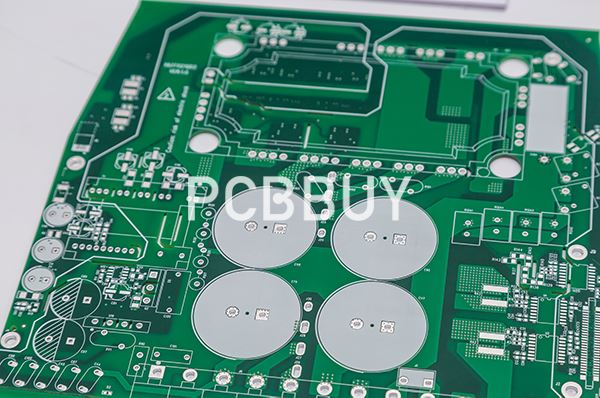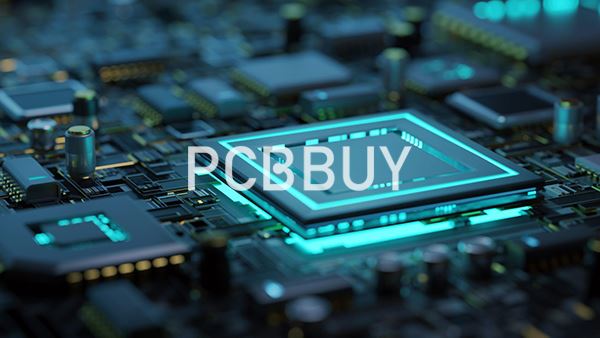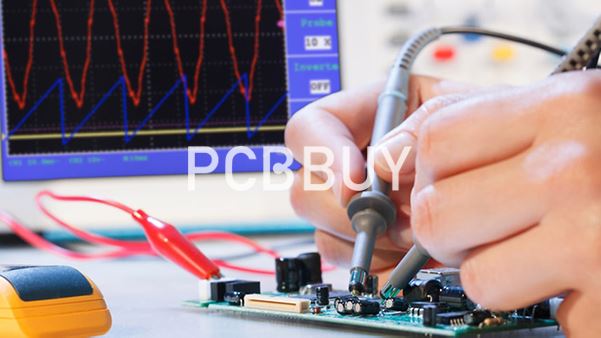What Are the Considerations of Making FPGA PCB?
By:PCBBUY 03/19/2024 16:25

When designing a Printed Circuit Board (PCB) for Field-Programmable Gate Arrays (FPGA), several common challenges arise compared to standard PCBs due to the high-speed, high-density, and complex power requirements of FPGAs.
In this passage, we will tell you everything about the FPGA PCB in design process.

How can we program FPGA PCB?
FPGA is programmable because it is made up of an array of logic blocks that are programmable. These blocks are connected through a hierarchy of interconnects that are reconfigurable and hence allow the blocks to be connected. This is analogous to many logic gates that can be wired in multiple configurations. The logical blocks of FPGA can be configured in multiple ways so that they can perform complex functions or simple logic gates like XOR and AND etc. Most of the FPGA logic blocks also have memory.0 elements like flip flops or complete memory blocks.
What are the considerations of making FPGA PCB?
1. Designing a custom FPGA board makes sense if the project will have a short life cycle, high volume, or requires a smaller form factor than you can achieve with COTS FPGA board and PMOD or FMC add-on boards.
2. If the project life cycle exceeds the product lifetime of a DDR memory chip (a couple of years), then designing a custom FMC daughterboard may be a better alternative.
3. Cost is a factor in this decision. Most COTS FPGA boards are somewhat general-purpose, designed for maximum flexibility. If you're making a high-volume, cost-sensitive product, then it is probably worthwhile to make a custom design; but for low-volume you are probably better off concentrating on making a daughtercard.
4. Regardless of which approach you choose, there are certain interfaces that require clear, master documentation: at the interface between the FPGA toplevel I/O pins and the rest of the board, and at the connector interface between boards. These are places where pin locations, internal net names, and external net names sometimes get mismatched and swapped. A table is sufficient documentation; be sure to keep this interface table versioned and under source control. Before sending PCB files to fabrication, print out a copy of this interface table, a copy of the schematic, and a copy of the FPGA pin/pad report. Drag a highlighter across the papers to check off each signal connects where it should.

Then why FPGA is reprogrammable?
The FPGAs can be reprogrammed for the implementation of a different logic function. It allows reconfigurable computing which is flexible. The FPGAs have the ability to start the development of system software along with the hardware, which makes them suitable for use in embedded systems development.
The concurrent development of hardware and software enables the simulations of system performance at a very early phase. It allows multiple system partitioning trials and iterations before finalizing the final system architecture.
What are the tips of FPGA design?
Intelligent design of the FPGA interface is an imperative when using FPGA devices to meet leading-edge system interface requirements such as DDR3. An FPGA interface design without PCB process integration or PCB routing consideration can lead to increased PCB costs and extended design times. The key, as this article demonstrates, is to consider connectivity as the foundation for a FPGA/PCB co-design process and the critical elements that are required for an effective implementation. Connectivity in this context is bidirectional movement of FPGA interface information between the FPGA and PCB domains.
Implementing an effective process-connectivity foundation enables the FPGA to be quickly incorporated into the PCB design. An important derivative of a connectivity solution is the repeatable creation of an FPGA interface definition that is optimized for both the FPGA and PCB. The results of this connectivity foundation are lower development costs and improved PCB quality.
FPGA proliferation
FPGA devices are ubiquitous in new product designs with approximately 100,000 design starts each year. No one argues that there are many benefits offered by FPGA technology. The industry leaders, Xilinx and Altera, both had sales in excess of $1 billion in 2007, with Xilinx approaching $2B.

There is a constant stream of new product offerings from the industry leaders that include Xilinx Virtex-5 FXT (high performance processing and I/O) and Virtex-4QV (space applications), Altera's Stratix IV (high density with 13.3 million gates), and Actel’s IGLOO (low power). The diversity of offerings should be a system designer's dream.
The FPGA design process is well-defined with a suite of FPGA vendor-provided tools to support it, which includes Xilinx's ISE, Altera's Quartus II, and Actel's Libero IDE. As each new generation of FPGA is delivered, so are the tools that see constant investment.
Industry Category











